This solar paint will turn your house into a power station.


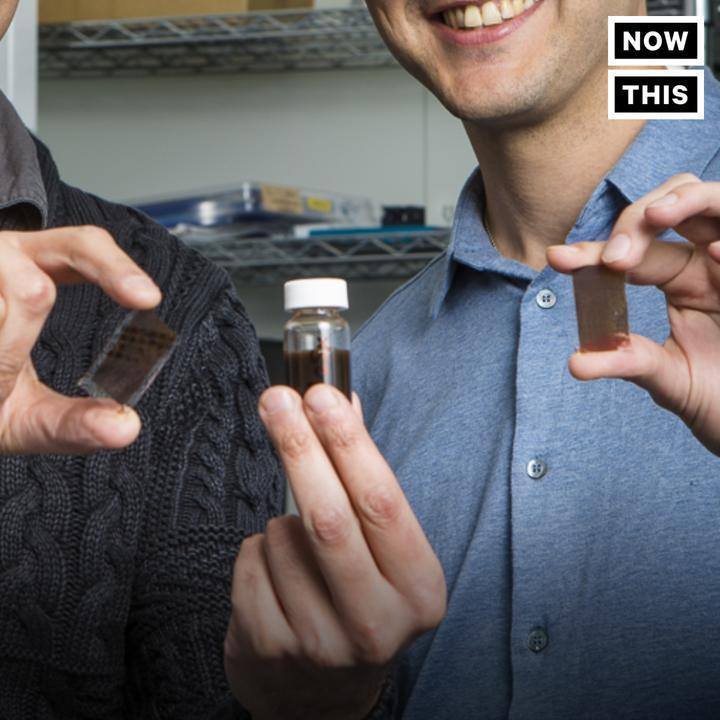
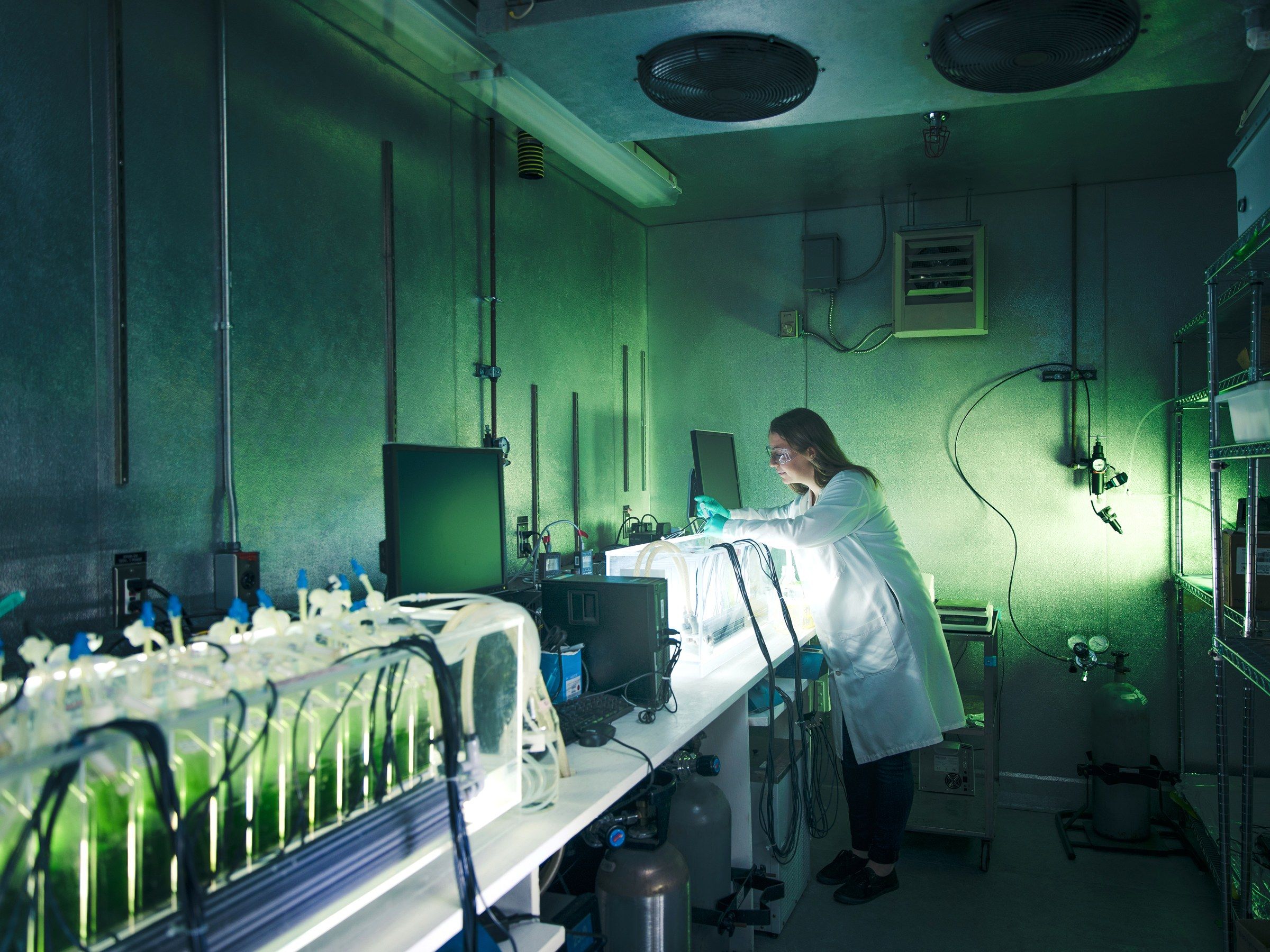

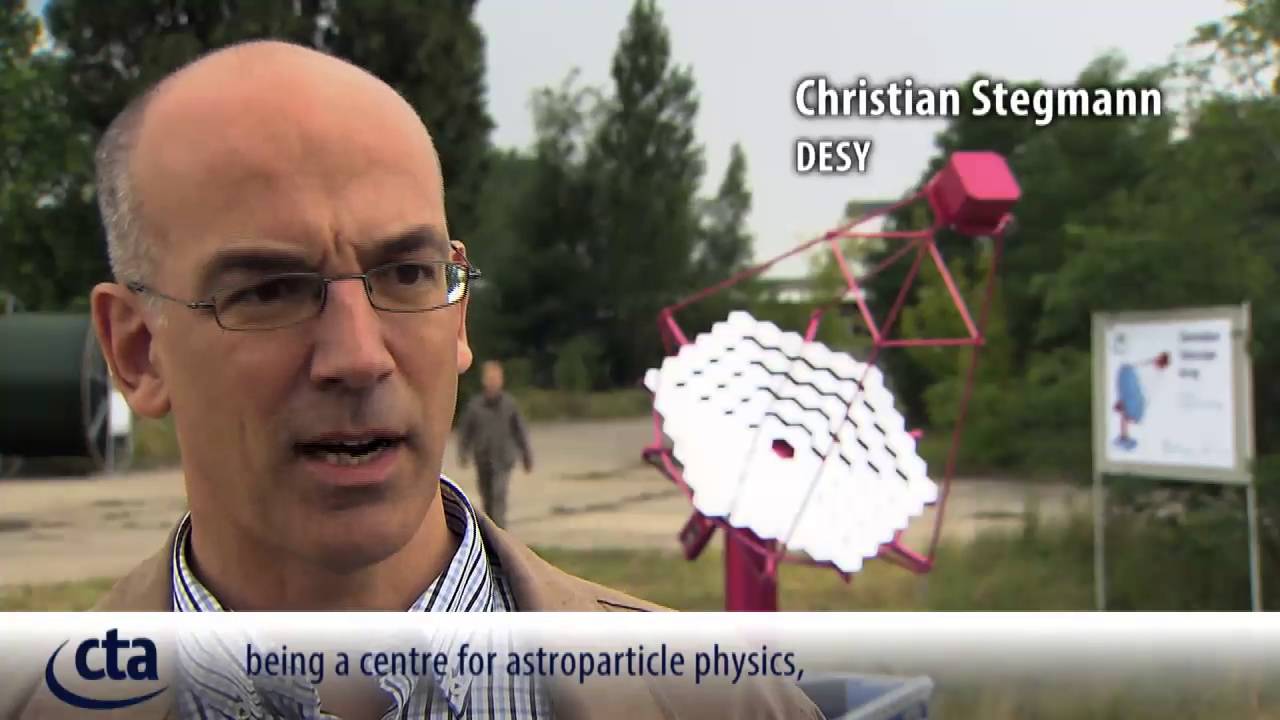
What is CTA and how will it work? This video produced by CTA Consortium member Deutsches Elektronen-Synchrotron (DESY) explains how CTA will look at the sky in higher energy photons than ever measured before and give a behind the scenes look at the construction of a prototype of one of the proposed telescopes, the Medium-Size Telescope.
Credits: DESY/Milde Science Comm./Exozet
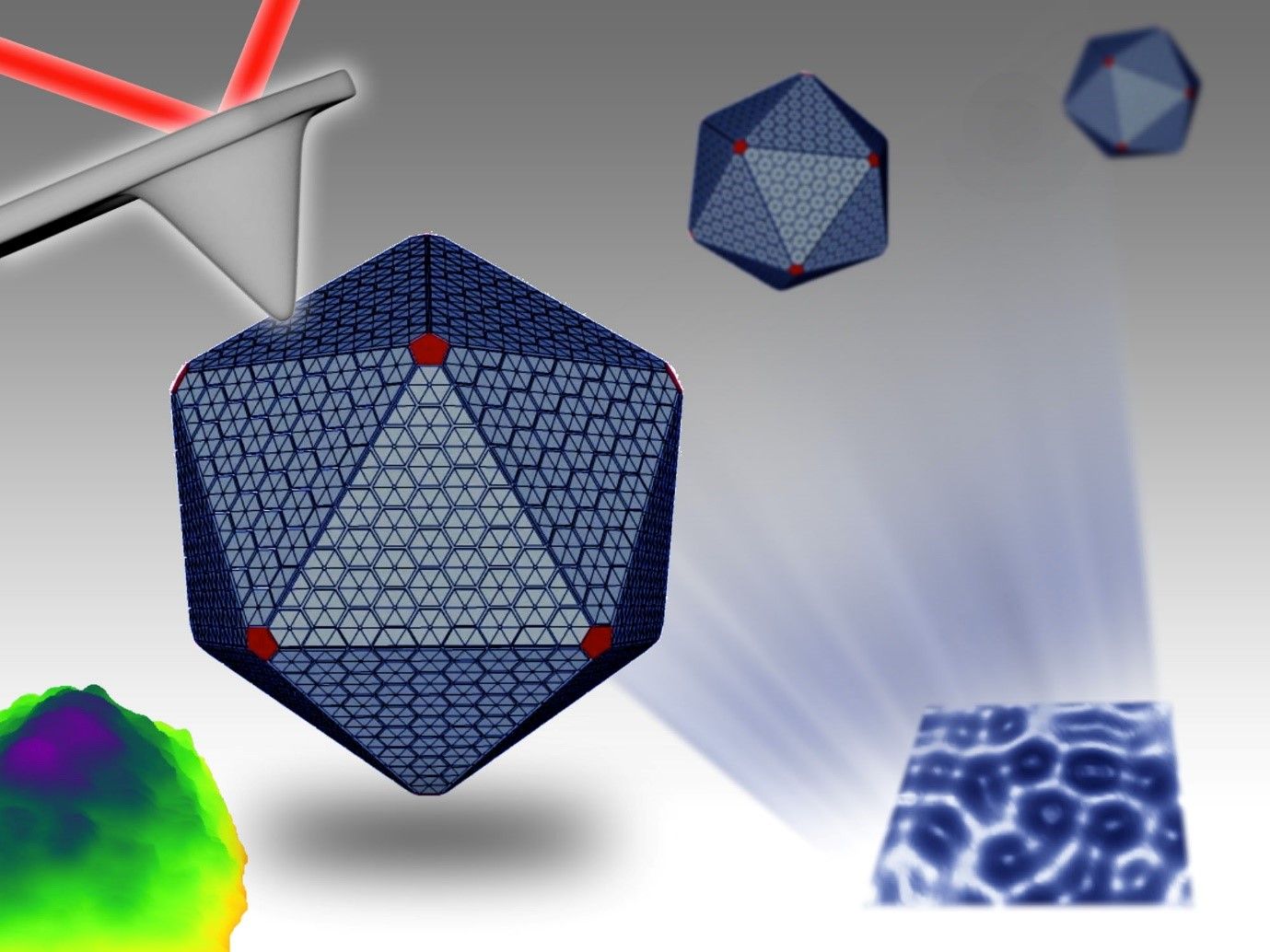
New research from the University of Liverpool, published in the journal Nanoscale, has probed the structure and material properties of protein machines in bacteria, which have the capacity to convert carbon dioxide into sugar through photosynthesis.
Cyanobacteria are a phylum of bacteria that produce oxygen and energy during photosynthesis, similar to green plants. They are among the most abundant organisms in oceans and fresh water. Unique internal ‘machines’ in cyanobacteria, called carboxysomes, allow the organisms to convert carbon dioxide to sugar and provide impacts on global biomass production and our environment.
Carboxysomes are nanoscale polyhedral structures that are made of several types of proteins and enzymes. So far, little is known about how these ‘machines’ are constructed and maintain their organisation to perform carbon fixation activity.
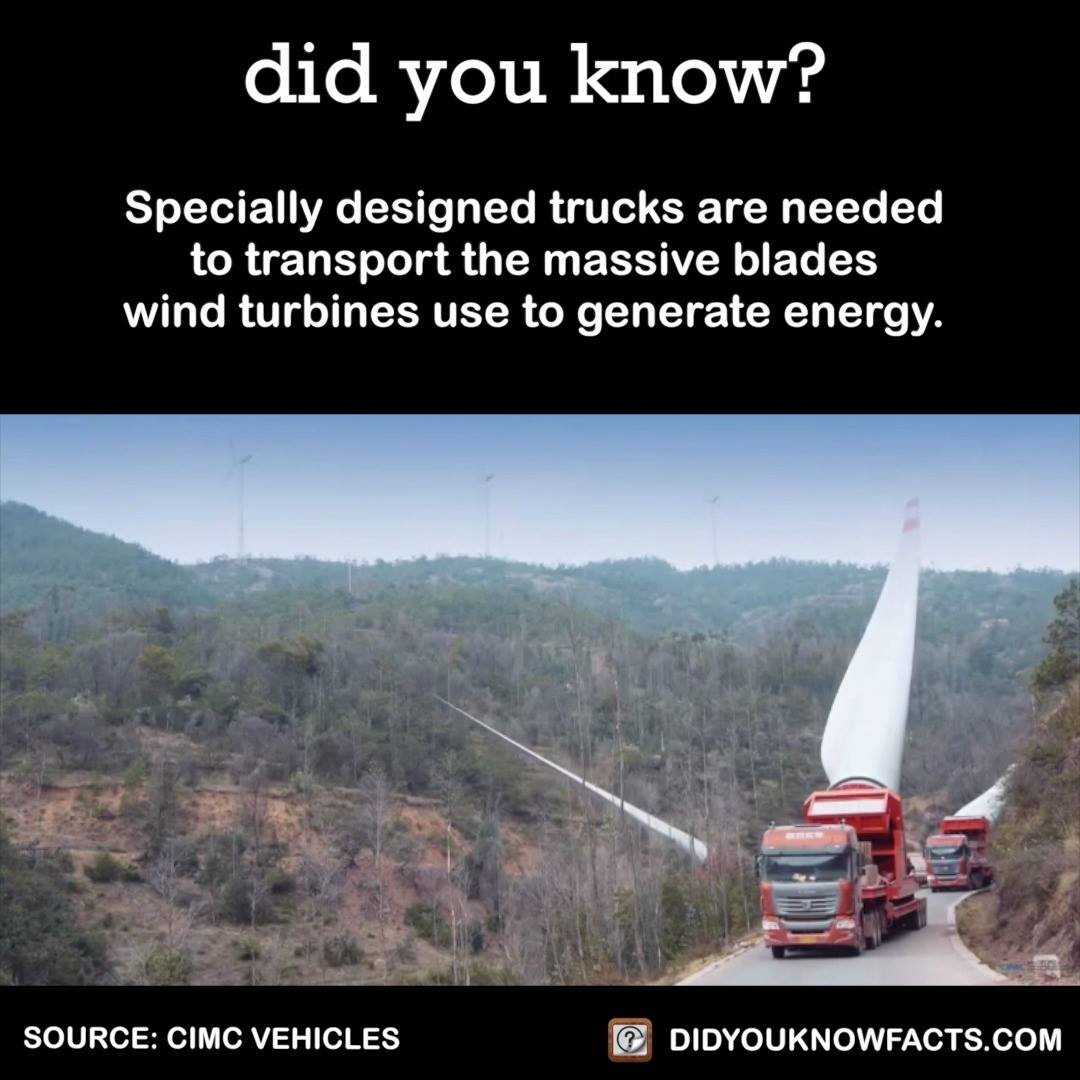

Jobs in the solar field in the United States grew at a rate 17 times faster than the overall economy. This was part of a larger trend towards jobs in renewable energy and away from more dangerous, less sustainable jobs in fossil fuels.
A new report released by the International Renewable Energy Agency (IRENA) reveals that solar jobs in the U.S. (and other nations) are expanding quickly. As of November 2016, the American solar industry employed 260,077 workers. This is an increase of 24.5% from 2015, with a growth rate that is 17 times faster than the United States economy as a whole.

“A German firm completes a test, and Uber promises a prototype by 2020″

For the first time a major physics problem has been proved unsolvable, meaning that no matter how accurately a material is mathematically described on a microscopic level, there will not be enough information to predict its macroscopic behaviour.
The research, by an international team of scientists from UCL, the Technical University of Music and the Universidad Complutense de Madrid – ICMAT, concerns the spectral gap, a term for the energy required for an electron to transition from a low-energy state to an excited state.
Spectral gaps are a key property in semiconductors, among a multitude of other materials, in particular those with superconducting properties. It was thought that it was possible to determine if a material is superconductive by extrapolating from a complete enough microscopic description of it, however this study has shown that determining whether a material has a spectral gap is what is known as “an undecidable question”.